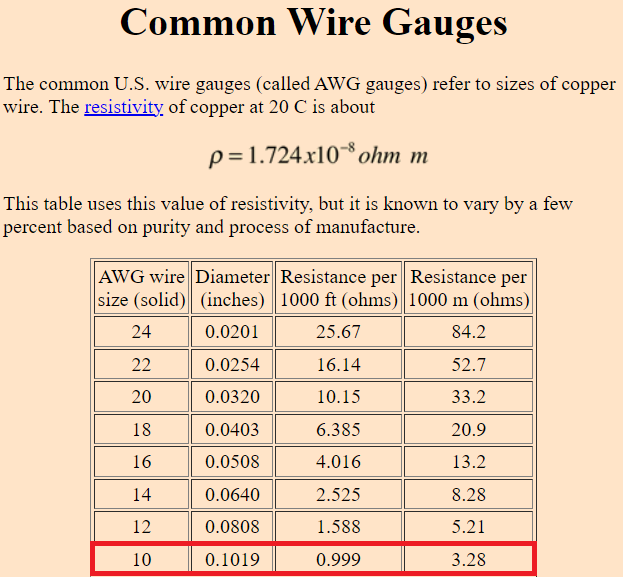AWG 10 is 1 Ω per 1,000 feet. So, 1 foot of wire (305 mm) will be 1 mΩ (that's 1 milli ohm). I don't know how much wire is needed to wire up a battery pack but it's going to be less than 305 mm.
So, with 30 amps flowing, the power dissipation of the wire is about 0.9 watts and, for something that is 305 mm long that is fairly trivial to moderate.
For instance, in one design I made (using about 100 mm of wire on a transformer core primary), I used the equivalent of AWG 10 (5 sq mm cross section but reshaped to 1 mm x 5 mm) and, I'm intermittently pushing 300 amps RMS through it with no problem). OK, it's a 100 kW converter (in total) that operates very intermittently but, the point is that the current is 10 times greater than what you found on the web.
It's all about power dissipation and heat removal; if you have a decent heat removal (or low duty cycle) then big current is possible.
Image from HyperPhysics.

